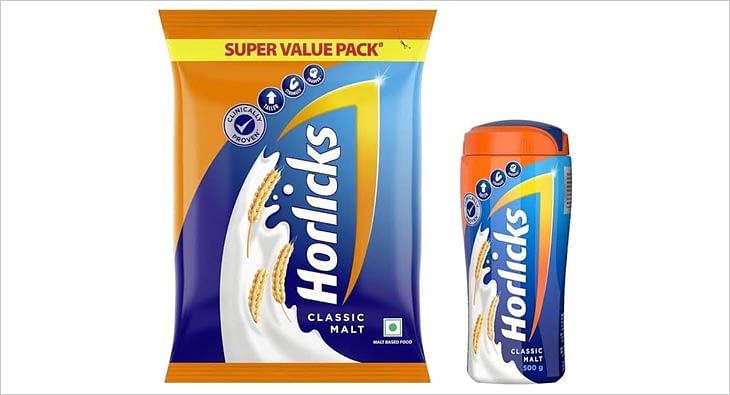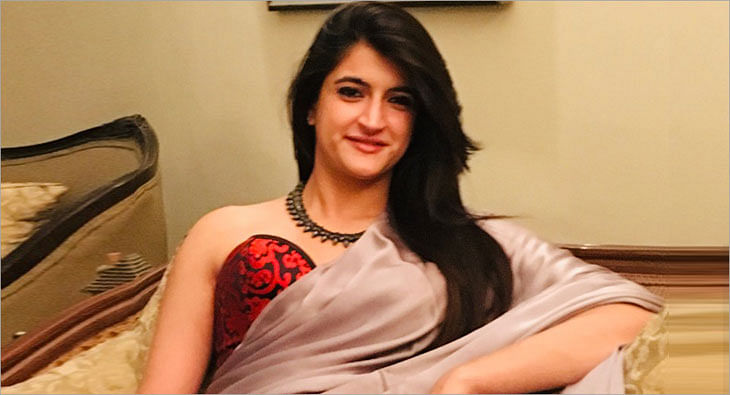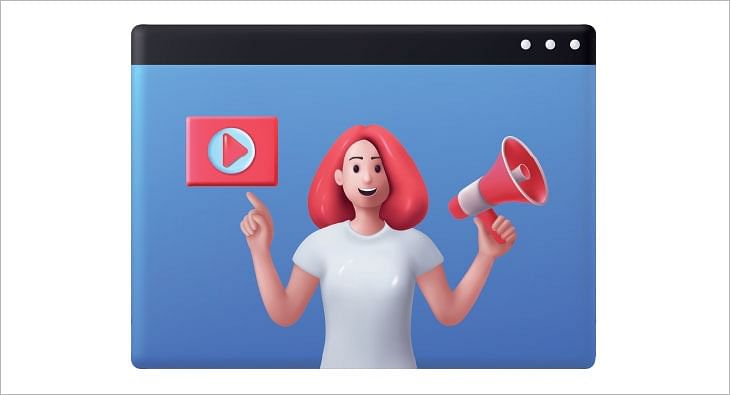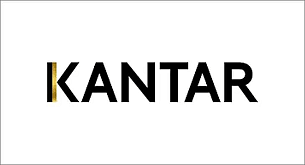Traffic on our website up 64% on the back of IPL: Rajat Mehta, Yes Bank
All about how Yes Bank leverages IPL to gain consumer mindshare

Of all the events and occasions that Yes Bank capitalises on to increase brand awareness, the Indian Premier League (IPL) is “the single largest marketing enabler”, says Rajat Mehta, Senior President and Country Head, Brand, Retail Marketing and Communications, Yes Bank. “IPL is an opportunity to maximise outreach to get mindshare. It is our philosophy to first gain mindshare, and then convert that mindshare into market share,” he states.
This is the fifth year that Yes Bank is associated with the IPL. Over the years, Yes Bank has grown and evolved and become a full-service bank offering more and more services. The bank had a mindshare of around 70 per cent in 2013, and that has grown over the years to approximately 90 per cent, says Mehta. While this growth in customer mindshare cannot be completely attributed to the association with IPL alone, the IPL brand association plays a significant role in increasing brand awareness during the IPL season, which the bank tries to convert into business.
Speaking about the association that Yes Bank has with the IPL and how the bank tries to cash in on the three-month IPL season, Mehta says that the bank tries to maximise outreach during this period. As part of the bank’s outreach initiative, Yes Bank has launched an internal campaign titled Touch-20 or T20. As part of this campaign, every sales executive of the bank is expected to reach out to 20 potential customers every day. This internal campaign drives up engagement with potential customers by 2.5 times, reveals Mehta.
Every six scored is branded YesBankMaximum6, a reiteration that the bank’s savings account interest rate is set at 6 per cent. The bank, which does not have an IPL-themed TVC, has put all its money on live mentions of YesBankMaximum and YesBankMaximum6 every time a 4 or a 6 is scored. Mehta says he and his team wanted to take advantage of the clutter-free live environment to create brand awareness rather than run a TVC during the breaks, which viewers tend to avoid. “This strategy gets us nearly 3,000 brand mentions and exposure during a live match,” he adds.
The bank’s aim is not to push a product during the IPL season, it is to create a relationship and engage with the audience, clarifies Mehta. “We cannot dilute the cricketing experience by trying to sell a product. We want to keep it clean, and offer customers a nice experience that helps us form new relationships,” he states.
The bank’s sponsorship deal includes exclusive access to match footage, which the bank shares on its social media accounts. These videos have garnered more than 2 million views on Facebook. Thanks to these videos and IPL-related content on the social media, the Yes Bank website has seen a spike in visitors. “The traffic on our website has increased by 64 per cent on the back of IPL. Our strategy is to generate views on the basis of IPL and re-target these visitors on a later date,” explains Mehta.
Read more news about Marketing News, Advertising News, PR and Corporate Communication News, Digital News, People Movement News
For more updates, be socially connected with us onInstagram, LinkedIn, Twitter, Facebook, Youtube, Whatsapp & Google News
About 60% Instagram influencers in India have fake followers: Report
As per a media report, influencer marketing platform KlugKlug has found that only 2.48 million profiles out of the 8 million have ‘high-quality’ followers
Two of three Instagram influencers in India have more than 60 per cent fake followers, a report by influencer marketing platform KlugKlug shows.
This is particularly true for the beauty and fashion sector, the report noted.
Other countries that have influencers with fake followers are Brazil, the UAE and Indonesia.
As per media reports, such Instagram fake followers can be roped in for as little as Rs 10 to a high of Rs 1,000.
According to Klug Klug India, only 2.48 million profiles out of the 8 million have high-quality followers.
A number of other categories have also been buying fake followers, media reports have noted.
As per a media expert, quoted in the reports, brands are finding it difficult to identify and curb the menace of fake followers and bots.
In a recent setback for influencers the Central Consumer Protection Authority (CCPA) has said those promoting activities like gambling and betting are equally liable as the companies promoting the same.
15% consumers enhance their user experience through virtual assistants: Kantar report
According to Soumya Mohanty, Managing Director & Chief Client Officer- South Asia, Insights Division, Kantar, less than 1% of ads get tested due to lack of time
Marketing data and analytics firm Kantar has unveiled a report that studies the burgeoning AI market to dish out actionable insights for marketers. Within AI, virtual assistants are the fastest growing segment. The report noted that 15% consumers enhanced their ‘user experience through virtual assistants’. This segment is the fastest growing at 27% YoY.
According to the study, while ‘fitness’ and ‘social media’ apps are amongst the leading categories, driving AI adoption (with an average of 2.3 AI led features embedded in these applications), segments like ‘BFSI’, ‘job search’ and ‘short video’ apps are relatively slow in AI adoption, with an average of 1.2 features each. Entertainment apps, digital commerce and pharmacy apps stand somewhere in the middle with 2.0 & 1.8 AI features being adopted, respectively.
Additionally, the report said that while 90% of marketing and sales leaders think their organisations should be using AI “often”, 60% said their organisations “rarely or never” do. Speaking to exchange4media, Soumya Mohanty, Managing Director & Chief Client Officer- South Asia, Insights Division, Kantar highlighted that currently there are a lot of organisations who know that there is something called AI, but haven’t yet figured out how it could help them holistically.
“A lot of the AI just gets used for efficiency purposes, so repetitive tasks get automated,” Mohanty pointed out. Data also plays a big role in why certain organisations are struggling with how to use AI.
For instance, Mohanty explained that in segments like D2C, telecom etc. there is a lot of primary or first-party data. So being able to leverage AI also gets easier. “It's the traditional large sort of FMCG type companies where data sits in silos. You don't really have one single source of data where it's a little difficult to use the full power of AI, because the full power of AI also needs a lot of data sitting in a structure that you can use,” she added.
So, can AI help marketers have a unified view of data? No, says Mohanty. “AI does not help marketers get a unified view of data. Once you have data in a unified way, AI can help you do a lot more with that data.”
According to her, organisations today need to have good, strong data warehousing. “It needs to make sense because a lot of the silos are also because everybody owns one part of it. A lot of people have their own analytics teams internally, so there are a lot of agendas and stakeholders. And then we say data is in silos because fundamentally, when you're doing something internally, different people have different stakes in it,” Mohanty added.
Puneet Avasthi, Senior Executive Director, South Asia, Insights Division, Kantar shared that most organisations are now heavily investing in creating first-party data sets. “Companies that have first party data about their consumers and transactions or interactions that they have with the brand are going to be able to leverage that more effectively to create sharper profiles for the brand as such for the consumer and build relevant recommendations at the right moments.
Panning out she also highlighted how AI can be leveraged to enhance market research and make it more accessible, a part of which Kantar is itself involved in. “A lot of times people say that we can't test an ad because we don't have time. So less than 1% of advertising gets tested and just gets put out. Does it work when it gets put out? It is the question the audience should answer, because so many times, it backfires,” Mohanty shared. Apparently, digital particularly doesn't get tested because organisations just do a/b testing and leave it at that.
Speaking of preferred use cases of AI, Avasthi added that various businesses and brands are looking at creating an experience for the brand that is in line with the brand's architecture and progress across all touch points. “That is something that the AI engines that are working behind can ensure, that all such interactions are consistently delivered across different virtual assistants or chatbots that are available to the consumer,” he said.
The other use case, according to Avasthi, is ensuring that there is greater visibility for the brand in the digital sphere as such, through various recommendation engines, when a certain need is being looked for and to throw up the right kind of information about the brand so that the brand message is amplified in the mind of the consumers.
Among other insights from the Kantar AI report is that 88% consumers used AI based algorithms which analysed their preferences, behaviours, and interests to create personalised recommendations for tailored experiences. This segment grew at 6 % YoY. At 21%, ‘smart home automation’ is a smaller segment but growing at 25% YoY.












 Share
Share
